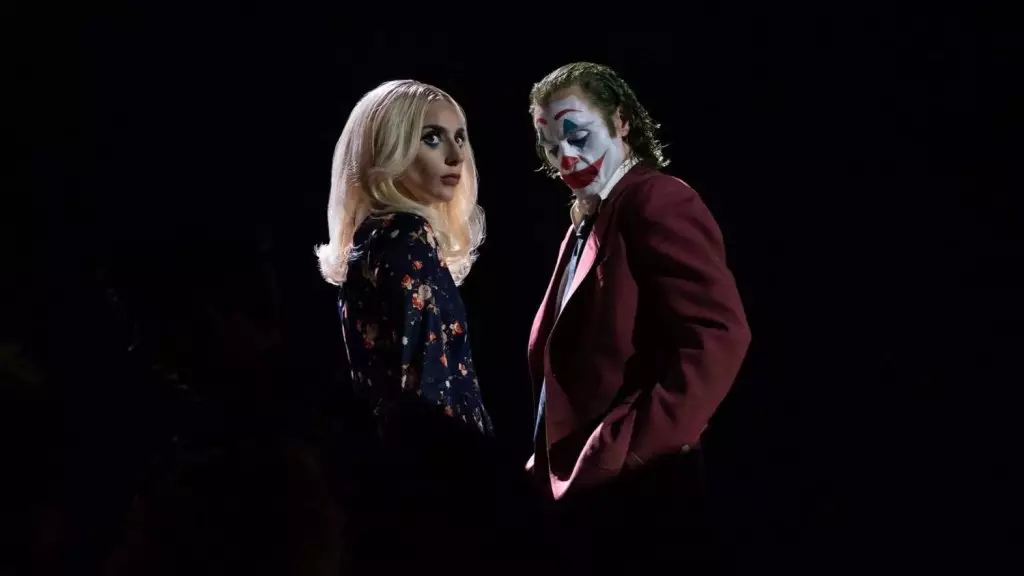The arrival of Warner Bros.’ highly anticipated sequel, “Joker: Folie à Deux,” is set against a backdrop of intriguing box office projections, with estimates suggesting an opening weekend take exceeding $70 million. Initial whispers in the industry hint that earlier calculations may rise, forecasting potential earnings that could edge closer to the $90 million mark thanks to the star power of Joaquin Phoenix and Lady Gaga. The strategic choice to premiere at the Venice Film Festival follows a precedent set by its predecessor, the critically acclaimed 2019 “Joker,” which similarly debuted in an exclusive setting.
Despite the excitement, the sequel received lukewarm critical reception, with a current standing of 62% on the freshness scale. However, it’s essential to recognize that these numbers mirror those of the original film pre-release, which later improved. Many still regard the original “Joker,” with its gripping storytelling and profound psychological exploration, as a cultural milestone, grossing over $1 billion worldwide. As we delve deeper into this dynamic sequel, the question lingers—will fans embrace Arthur Fleck’s transformation into a musical figure alongside Harley Quinn, notably portrayed by Lady Gaga, and their sung narratives?
The decision to pivot towards a musical format poses both opportunities and risks. “Joker: Folie à Deux” distinguishes itself in a genre often dominated by Disney productions and family-friendly fare. While its forecasted debut would represent a remarkable achievement—potentially becoming the highest-grossing live-action musical outside Disney’s domain—it inherently challenges audiences to adjust their expectations. Importantly, any deviation from their established notions may risk alienating segments of the audience that initially embraced the dark and serious tone of the first installment.
Warner Bros. appears to be targeting an audience precisely mirroring the demographics that responded well to the first film, with considerable focus on men over the age of 25. This marketing strategy cleverly leverages existing fan loyalty while drawing new viewers through substantive presales and targeted publicity efforts. Feedback from industry experts suggests that Warner Bros. is employing a “brilliant” approach—positioning the film as a Joker entity rather than a typical musical. In an era where musicals must often ‘trick’ audiences into attendance, doubling down on its dark character roots may capture intrigue even among the skeptical.
As the release date approaches, “Joker: Folie à Deux” embodies both aspirations and uncertainties. While initial tracking figures may seem conservative compared to the previous film’s impressive opening, the anticipated success would still mark a standout moment for the genre. The challenge lies in harmonizing audience expectations with the film’s unconventional direction, which may ultimately define its reception. If Warner Bros. can skillfully navigate this artistic territory, they may find themselves celebrating both critical acclaim and box office triumphs, proving that even the darkest narratives can embrace the cathartic power of music.


Leave a Reply